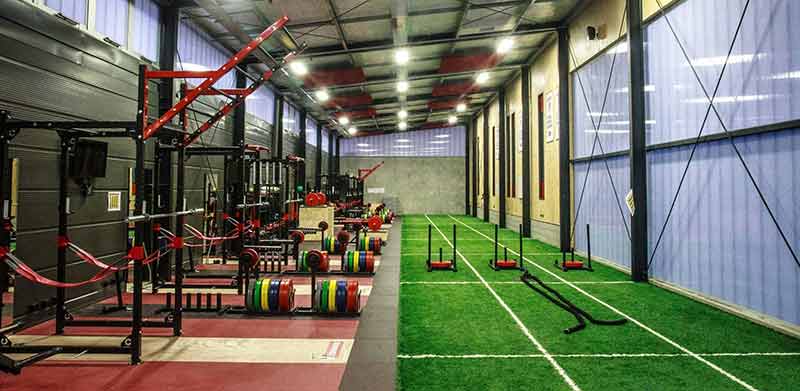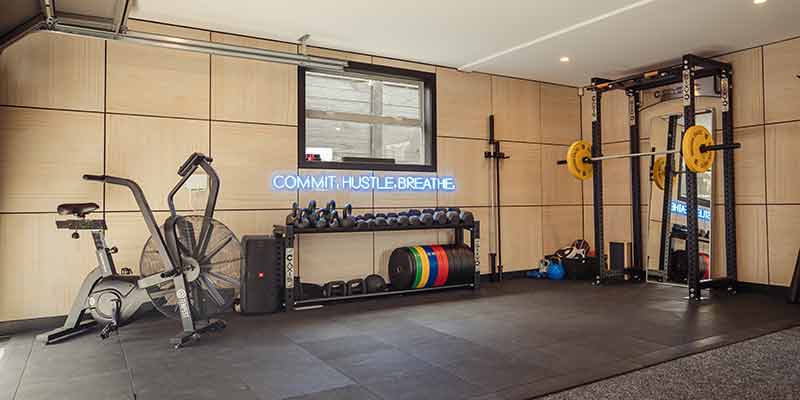A lot of it depends on the positioning of your arms/hands, how efficient your rope is, and your overall ability (beginner or maestro).
The closer you can get the rope to your head when it passes above you, the faster you’ll be able to skip – the idea being that you want to get the rope turning around your body with as little effort as possible but meaning you need to have your arms tighter to your body. Easier said than done if your learning double unders, and this is definitely not a hard and fast rule.
One method often referred to is measuring to your arm pits. So if you stand on the middle of your rope and pull the cable tight the ends of the rope should meet your arm pits. If they fall short you run the risk of the rope not touching the ground as it passes under you, and if it reaches higher than your arm pits the rope may have too much slack above your head, and under your feet, the extra length may cause you to trip. As suggested above, if you are a more experienced athlete having it fall short of your arm pits and keeping your arms and hands closer to your body will give you more efficiency and fatigue muscles less.
Another method is based around your height, whereby you add a maximum of 25cm above your head when the rope is at its apex, to perform double unders efficiently. Any more than this and you will need to expend more energy to turn the rope over and the extra length slows the whole process down.
While considering both of these measuring options, truly the best way to figure out the perfect rope length is to purchase a rope with an adjustable cable fastener, and simply shorten it using the fastenings (without actually cutting it!) – try skipping, adjust it down further if it feels too long, try skipping again – until you find a length that feels comfortable, or even leave it at a length slightly longer than what you think is right. We’d then recommend testing it at that length in a WOD under pressure and fatigue and only then, cut it. It is common to let some of the skill and composure fall away when you lose your breath mid-WOD.
You should also only ever cut your cable with appropriate wire rope cable cutters. This will help stop the cable from fraying and creating sharp/spiky ends! We have some in store (see below pic) at Industrial Athletic (7a Piermark Drive, Rosedale, Auckland) and would be happy to help you cut yours, once you have determined the length. The last thing to remember when using any of our speed ropes – they should only ever be used on suitable rubber gym flooring! Using speed ropes on any abrasive surface will shred them in no time.

We carry three different speed ropes at Industrial Athletic: our Black Hawk, Viper and Raptor.
The Black Hawk is a great beginners rope – it’s a faster version of a traditional skipping rope – and perfect for those still learning double unders. It has a bushing handle allowing smooth rotations on every jump.
Our Viper range of ropes not only come in nine different colours (so you can get all fancy and matchy matchy with your gear), but are a step up from the Black Hawk, with a bearing system allows for superior fast revolutions. The colour coded PVC coated cable adds speed and durability.
The Industrial Athletic Raptor rope is our top shelf speed rope and not for the faint hearted. This bad boy has machined aluminium, padded handles and a blindingly fast bearing driven cable. The technology in this rope is staggering – a bearing system generally used for the big ticket items like barbells… If you’re blasting out double unders like nothing but want to take them to the next level in terms of speed and revolutions, this rope is made for you.










